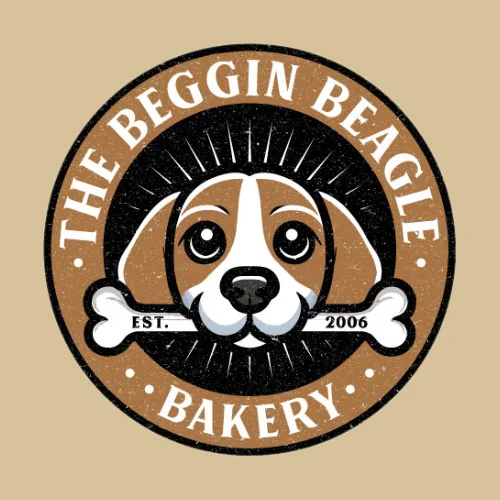Dog Treat Baking 101: Tips for Delicious and Nutritious Treats
Introduction:
Baking treats for your dog is a wonderful way to show love while ensuring they enjoy healthy, tasty snacks. Whether you’re a seasoned baker or new to the kitchen, crafting your own dog treats can be both fun and rewarding. In this blog post, we’ll dive into the essentials of dog treat baking, offering tips and tricks to create treats that are not only delicious but also packed with nutrition.
1. Start with Dog-Friendly Ingredients
The key to baking nutritious dog treats is choosing the right ingredients. Dogs have different dietary needs than humans, so it’s important to use ingredients that are safe and beneficial for them. Here are some popular dog-friendly ingredients to consider:
- Peanut Butter: A favorite among dogs, peanut butter is a great source of protein and healthy fats. Just make sure it’s free of xylitol, an artificial sweetener that is toxic to dogs.
- Pumpkin: Pumpkin is rich in fiber and vitamins, making it excellent for your dog’s digestive health. It also adds moisture and flavor to your treats.
- Sweet Potatoes: These are packed with vitamins and antioxidants. They provide a natural sweetness that dogs love.
- Oats: A good source of fiber, oats can help regulate your dog’s digestive system and are a great alternative to wheat flour.
- Carrots: Low in calories and high in fiber, carrots add a satisfying crunch to your treats while boosting your dog’s vitamin A intake.
2. Avoid Harmful Ingredients
While some ingredients are safe and healthy for dogs, others can be harmful or toxic. Avoid using the following ingredients in your dog treats:
- Chocolate: Even in small amounts, chocolate can be dangerous for dogs.
- Grapes and Raisins: These can cause kidney failure in dogs.
- Onions and Garlic: These can damage a dog’s red blood cells, leading to anemia.
- Artificial Sweeteners: Particularly xylitol, which is highly toxic to dogs.
3. Balance Flavor with Nutrition
When baking dog treats, it’s easy to focus solely on flavor, but nutrition should be a priority. To balance both, aim to incorporate a mix of protein, fiber, and healthy fats. For example, combine peanut butter (protein and healthy fats) with oats (fiber) and pumpkin (vitamins and moisture) to create a well-rounded treat.
4. Get the Texture Right
The texture of your dog treats is just as important as the ingredients. Some dogs prefer soft, chewy treats, while others enjoy a crunchy bite. To achieve the right texture:
- For Crunchy Treats: Bake at a lower temperature for a longer time to dehydrate the treats.
- For Chewy Treats: Bake at a higher temperature for a shorter period, or add more moisture-rich ingredients like applesauce or yogurt.
5. Portion Control and Sizing
When baking treats for your dog, keep portion control in mind. Treats should be small enough to give as a reward without overfeeding. Consider the size of your dog when shaping the treats—smaller dogs need smaller treats, while larger dogs can handle bigger bites.
6. Experiment with Shapes and Designs
While your dog won’t care much about the appearance, fun shapes and designs can make the baking process more enjoyable for you. Use cookie cutters to create bone-shaped treats, or roll the dough into balls or sticks. If you’re feeling creative, try decorating the treats with dog-safe icing made from yogurt or peanut butter.
7. Store Your Treats Properly
Homemade dog treats don’t contain preservatives like store-bought ones, so proper storage is key to keeping them fresh. Store them in an airtight container at room temperature for up to a week, or refrigerate them to extend their shelf life. For long-term storage, consider freezing the treats, which can keep them fresh for several months.
8. Test and Adjust
Not all dogs have the same taste preferences, so it’s important to test your treats with your own dog. Start with small batches and see how your dog reacts. If they love it, great! If not, adjust the ingredients or texture until you find a recipe that works.
Conclusion:
Baking dog treats at home is a great way to ensure your furry friend gets delicious and nutritious snacks. By choosing the right ingredients, balancing flavor with nutrition, and experimenting with textures and shapes, you can create treats that your dog will love. So, grab your apron, preheat your oven, and start baking some tail-wagging goodness!
Baking your own dog treats is not only healthier for your dog but also a fun and creative way to show your love. Happy baking!
